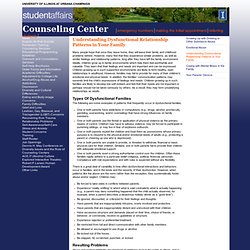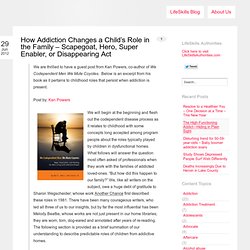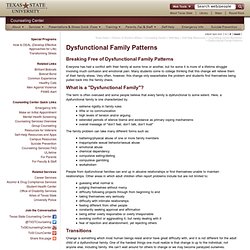

Brad Pitt, Angelina Jolie Reach Temporary Custody Agreement. Share Video Brad Pitt and Angelina Jolie have reached a temporary custody agreement more than a week after announcing their split, a source confirms to Us Weekly.

As TMZ first reported, the L.A. County Department of Children and Family Services suggested the deal and recommended that both stars accept to avoid a lengthy court battle. The agreement will be in effect for three weeks, at which time the DCFS will draw up another arrangement or turn the jurisdiction over to the court. Jolie, 41, will get full physical custody of the couple’s six children: Maddox, 15, Pax, 12, Zahara, 11, Shiloh, 10, and twins Knox and Vivienne, 8. Another caveat of the agreement is that the the World War Z actor will be subject to random drugs and alcohol testing. The source — who confirms TMZ’s report in full — tells Us Weekly that Jolie is pleased with the terms. The Maleficent actress filed for divorce on Monday, September 19, citing irreconcilable differences. [FOUR] Roles In Dysfunctional Families.
By Robert Burney M.A.
![[FOUR] Roles In Dysfunctional Families](http://cdn.pearltrees.com/s/pic/th/dysfunctional-codependence-36934899)
"We have come to understand that both the passive and the aggressive behavioral defense systems are reactions to the same kinds of childhood trauma, to the same kinds of emotional wounds. The Family Systems Dynamics research shows that within the family system, children adopt certain roles according to their family dynamics. Some of these roles are more passive, some are more aggressive, because in the competition for attention and validation within a family system the children must adopt different types of behaviors in order to feel like an individual. " The emotional dynamics of dysfunctional families are basic - and like emotional dynamics for all human beings are pretty predictable. The outside details may look quite different due to a variety of factors, but the dynamics of the human emotional process are the same for all human beings everywhere.
Understanding Dysfunctional Relationship Patterns in Your Family. Many people hope that once they leave home, they will leave their family and childhood problems behind.

However, many find that they experience similar problems, as well as similar feelings and relationship patterns, long after they have left the family environment. Ideally, children grow up in family environments which help them feel worthwhile and valuable. They learn that their feelings and needs are important and can be expressed. Children growing up in such supportive environments are likely to form healthy, open relationships in adulthood. However, families may fail to provide for many of their children’s emotional and physical needs. Types Of Dysfunctional Families The following are some examples of patterns that frequently occur in dysfunctional families. There is a great deal of variability in how often dysfunctional interactions and behaviors occur in families, and in the kinds and the severity of their dysfunction. Resulting Problems Making Changes Special Considerations. How Addiction Changes a Child’s Role in the Family – Scapegoat, Hero, Super Enabler, or Disappearing Act.
We are thrilled to have a guest post from Ken Powers, co-author of We Codependent Men We Mute Coyotes.

Below is an excerpt from his book as it pertains to childhood roles that persist when addiction is present. Post by: Ken Powers We will begin at the beginning and flesh out the codependent disease process as it relates to childhood with some concepts long accepted among program people about the roles typically played by children in dysfunctional homes.
What follows will answer the question most often asked of professionals when they work with the families of addicted loved-ones. “But how did this happen to our family?” The Class/Family Clown draws attention away from the pain and dysfunction at home by entertaining others. Dysfunctional Family Patterns : Counseling Center : Texas State University. Breaking Free of Dysfunctional Family Patterns Everyone has had a conflict with their family at some time or another, but for some it is more of a lifetime struggle involving much confusion and emotional pain.

Many students come to college thinking that this change will relieve them of their family stress. Very often, however, this change only exacerbates the problem and students find themselves being pulled back into the family chaos. What is a "Dysfunctional Family"? The term is often overused and some people believe that every family is dysfunctional to some extent.
Extreme rigidity in family rules little or no communication high levels of tension and/or arguing extended periods of silence blame and avoidance as primary coping mechanisms overall message of "don’t feel, don’t talk, don’t trust" The family problem can take many different forms such as: People from dysfunctional families can end up in abusive relationships or find themselves unable to maintain relationships. Transitions.